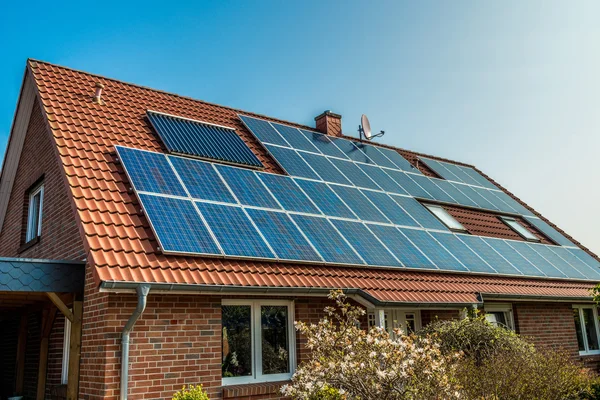Cities, once concrete jungles, are increasingly becoming vibrant ecosystems thanks to the growing movement of urban greening. This initiative involves incorporating green spaces into urban environments, creating healthier, more sustainable cities.
The Benefits of Urban Greening
Urban greening initiatives, such as rooftop gardens, green walls, and urban forests, offer many benefits for both humans and the environment.
- Reducing the Urban Heat Island Effect: Cities tend to be significantly hotter than surrounding rural areas due to the concentration of concrete and asphalt, which absorb and retain heat. Urban greening helps to mitigate this effect. Plants release moisture through transpiration, which cools the surrounding air. Additionally, trees and other vegetation provide shade, reducing the amount of sunlight that reaches surfaces and helps to lower temperatures.
- Improving Air Quality: Urban areas often suffer from poor air quality due to pollution from vehicles, factories, and other sources. Plants play a crucial role in filtering pollutants from the air. They absorb carbon dioxide and release oxygen, while their leaves capture particulate matter. Urban forests, in particular, can significantly improve air quality, especially in densely populated areas.
- Promoting Biodiversity: Urban greening initiatives can help to increase biodiversity in cities. By creating habitats for various species of plants and animals, these green spaces can support a wider range of wildlife. This is particularly important in areas where natural habitats have been lost due to development.
- Improving Mental and Physical Health: Studies have shown that spending time in nature can have a positive impact on mental health. Urban green spaces provide opportunities for people to relax, exercise, and connect with nature. These spaces can also reduce stress and improve overall well-being.
- Reducing Stormwater Runoff: Urban areas often experience flooding due to excessive stormwater runoff. Green roofs and green walls can help to absorb rainwater, reducing the amount that flows into storm sewers and reducing the risk of flooding.
- Enhancing Property Values: Research has shown that urban greening initiatives can increase property values. Green spaces can make neighborhoods more desirable, leading to higher demand for homes and businesses.
- Promoting Community Engagement: Urban greening projects can provide opportunities for community members to work together and create a sense of pride in their neighborhood. These projects can also help to foster a sense of social cohesion and improve quality of life.
- Climate Change Mitigation: Urban greening can help to mitigate the effects of climate change by sequestering carbon dioxide and reducing the urban heat island effect. By incorporating green spaces into our cities, we can help to create more resilient and sustainable communities.

Examples of Urban Greening Initiatives
- Rooftop Gardens: These gardens can be installed on top of buildings, providing green spaces in areas where land is limited. They can help to reduce energy consumption by providing insulation, and they can also improve air quality and reduce stormwater runoff.
- Green Walls: These vertical gardens can be installed on building facades, adding greenery to urban environments. They can help to improve air quality, reduce noise pollution, and provide habitat for wildlife.
- Urban Forests: These forests can be created in urban areas by planting trees and shrubs. They can help to improve air quality, reduce the urban heat island effect, and provide recreational opportunities for residents.

- Community Gardens: These gardens are often located in public spaces and are managed by community groups. They provide opportunities for people to grow their own food, learn about gardening, and connect with their neighbors.
- Green Infrastructure: This approach involves using natural features and processes to manage stormwater runoff and improve air quality. Examples of green infrastructure include rain gardens, bioswales, and green roofs.
Challenges and Opportunities
While urban greening offers numerous benefits, there are also challenges that need to be addressed. These challenges include the initial cost of implementing green infrastructure, the need for ongoing maintenance, and the potential for conflicts with property owners. However, with careful planning and collaboration, these challenges can be overcome.
Urban greening is a growing movement that has the potential to transform cities into more sustainable and livable places. By incorporating green spaces into our urban environments, we can create healthier, more resilient communities for future generations.


